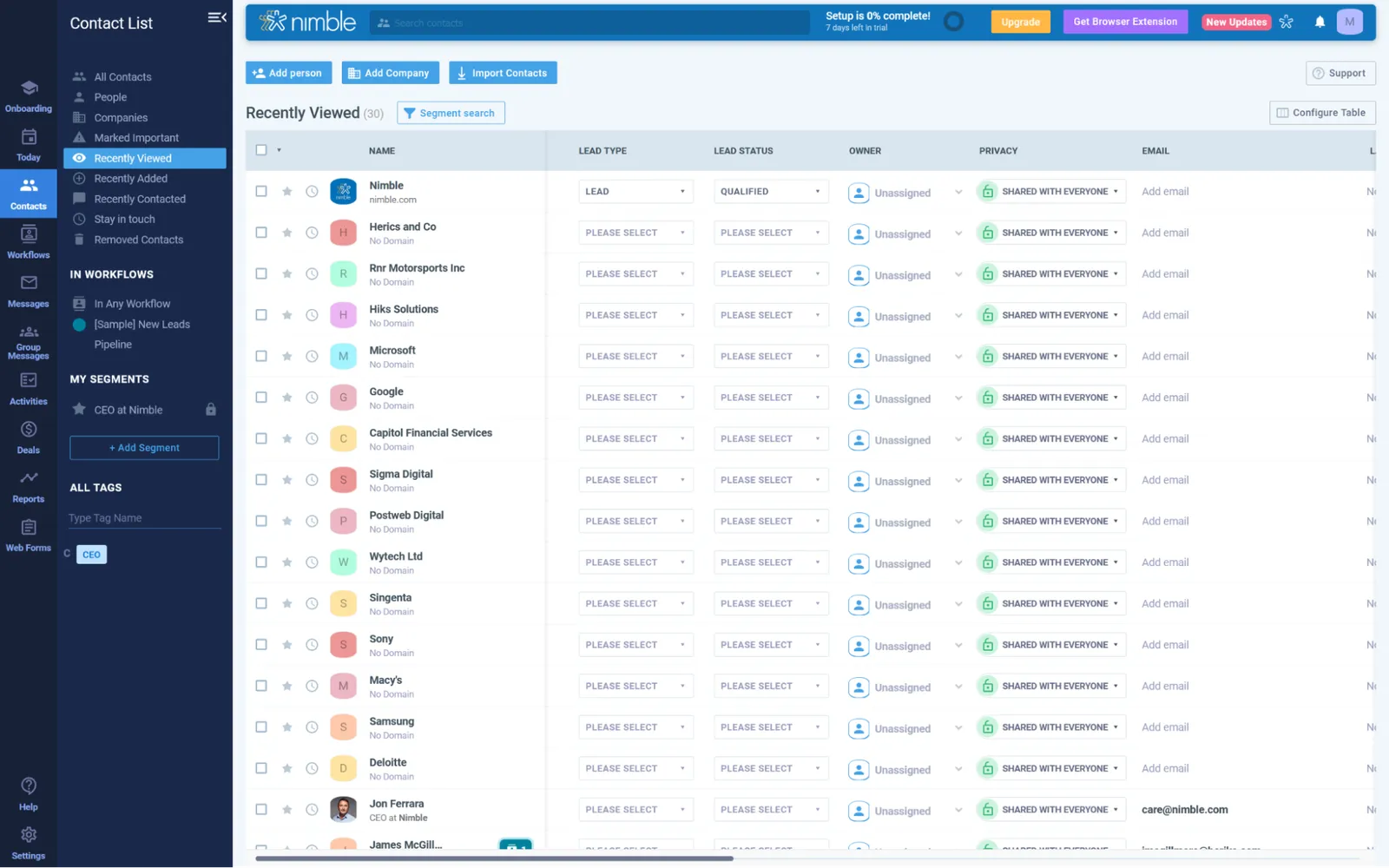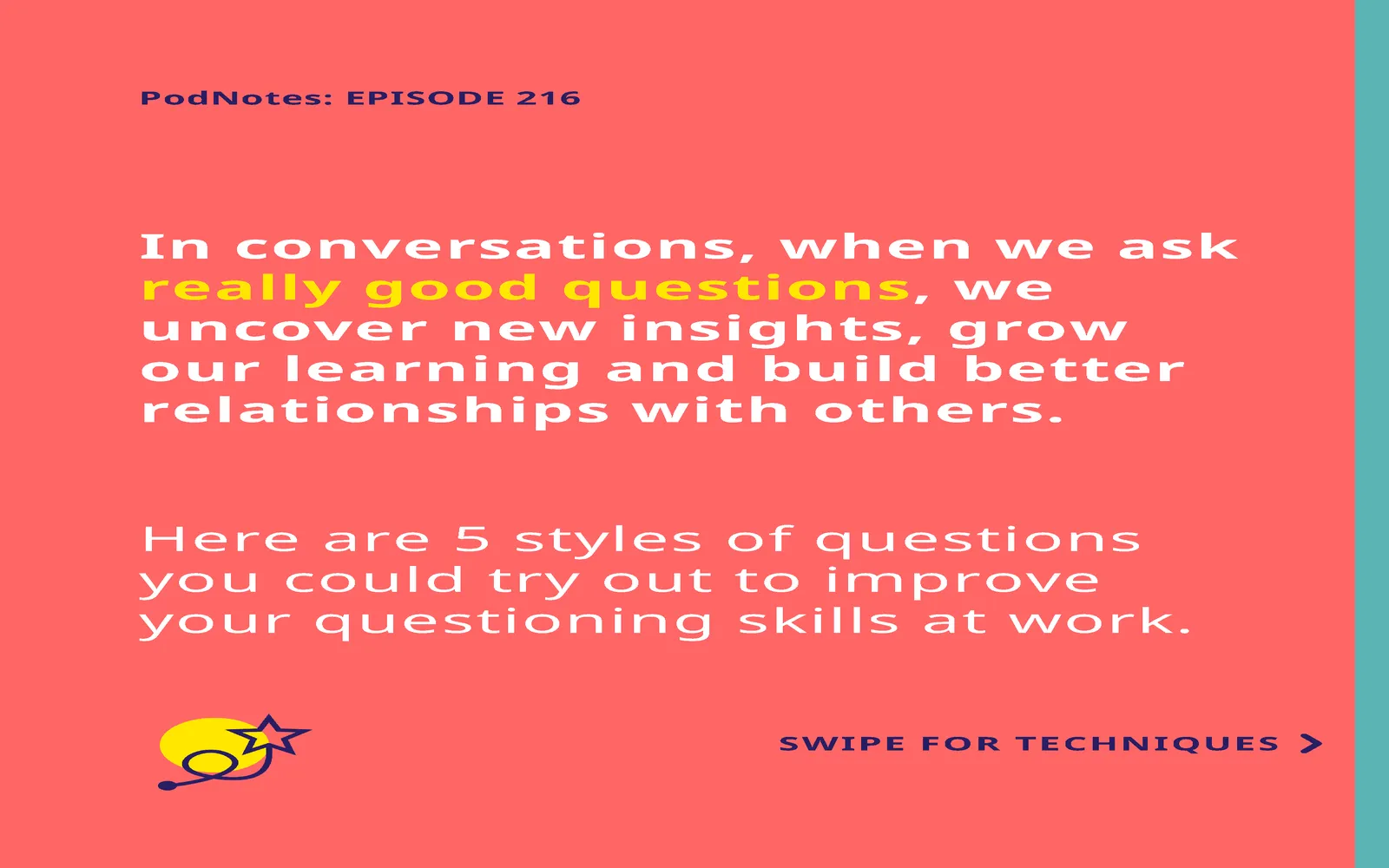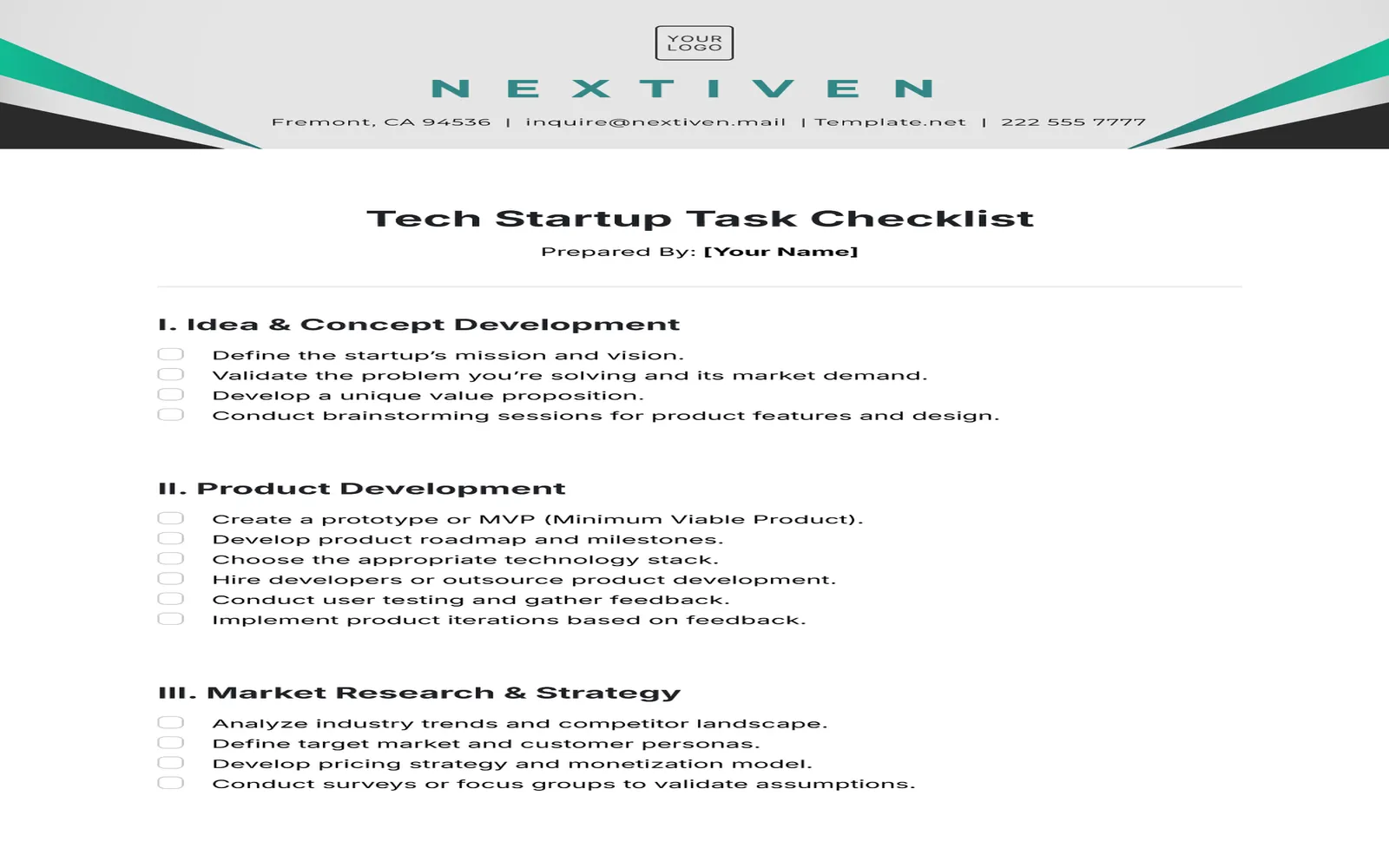Choosing the best Customer Relationship Management (CRM) system is crucial for enhancing your business operations, improving customer interactions, and streamlining your workflow. With numerous options available in the market, selecting the right CRM can be a daunting task. Here’s a comprehensive guide to help you pick the best CRM, implement it effectively, and automate your data entry to maximize efficiency.
Understanding Your Business Needs
Before diving into the selection process, it’s essential to assess your business requirements. Consider the following factors:
- Size of Your Business: The CRM you choose should align with the size of your organization. Small businesses may require simple solutions, while larger enterprises might need advanced functionalities.
- Specific Features: Identify the features that are vital for your business, such as sales automation, lead management, reporting tools, and integration capabilities.
- Budget: Determine how much you are willing to invest in a CRM. Compare pricing models, including monthly subscriptions and one-time fees, to find a solution that fits your budget.
Evaluating CRM Options
Once you have a clear understanding of your needs, you can start researching various CRM options. Here’s a comparison chart of some popular CRM systems:
| CRM System | Key Features | Pricing | Best For |
|---|---|---|---|
| Salesforce | Customizable dashboards, AI integration, robust analytics | Starting at $25/user/month | Large enterprises |
| HubSpot CRM | Free tier, email tracking, pipeline management | Free for basic features | Small to medium businesses |
| Zoho CRM | Omni-channel communication, AI-driven insights | Starting at $12/user/month | Cost-sensitive businesses |
| Pipedrive | Visual sales pipeline, easy-to-use interface | Starting at $15/user/month | Sales teams |
When evaluating these options, consider how each CRM aligns with your specific requirements. Additionally, take advantage of free trials whenever available to gain hands-on experience with the software.
Implementing Your Chosen CRM
After selecting the best CRM for your business, the next step is to implement it effectively. Here are some tips to ensure a smooth transition:
- Data Migration: Plan how to migrate existing customer data into the new CRM. Ensure that the import process is straightforward and that all relevant data is captured accurately.
- Employee Training: Invest in training sessions for your team to familiarize them with the new system. Proper training can significantly enhance user adoption and effectiveness.
- Setting Up Processes: Customize the CRM to fit your business processes. Define workflows, automate repetitive tasks, and establish clear guidelines for data entry.
Automating Data Entry
One of the primary advantages of using a CRM is the ability to automate data entry, which can save time and reduce errors. Here’s how you can automate your data entry:
- Integration with Other Tools: Connect your CRM with other tools you use, such as marketing platforms, email services, and e-commerce solutions. This integration allows data to flow seamlessly between systems, reducing the need for manual entry.
- Using Forms: Utilize online forms to capture customer information. These forms can be linked directly to your CRM, allowing data to be entered automatically when customers fill them out.
- Utilizing APIs: If you have technical resources, consider using APIs to automate data transfer between your CRM and other applications. This can streamline the process and ensure data accuracy.
Monitoring and Optimizing CRM Performance
Once your CRM is up and running, it's essential to monitor its performance continually. Here are some key performance indicators (KPIs) to track:
- User Adoption Rate: Measure how many employees are actively using the CRM versus those who have access to it.
- Data Accuracy: Regularly review the accuracy of your data. Inaccuracies can lead to poor decision-making and lost opportunities.
- Customer Satisfaction: Gather feedback from customers to assess how well the CRM is helping meet their needs and expectations.
By regularly reviewing these metrics, you can identify areas for improvement and make necessary adjustments to optimize your CRM's effectiveness.
Conclusion
Choosing the best CRM, putting it to work, and automating your data entry processes can significantly enhance your business operations. By understanding your needs, evaluating options, implementing effectively, and continuously monitoring performance, you'll be able to leverage your CRM to drive growth and improve customer relationships. Remember, the right CRM solution is not just a tool; it’s a strategic asset that can propel your business forward in today’s competitive landscape.





